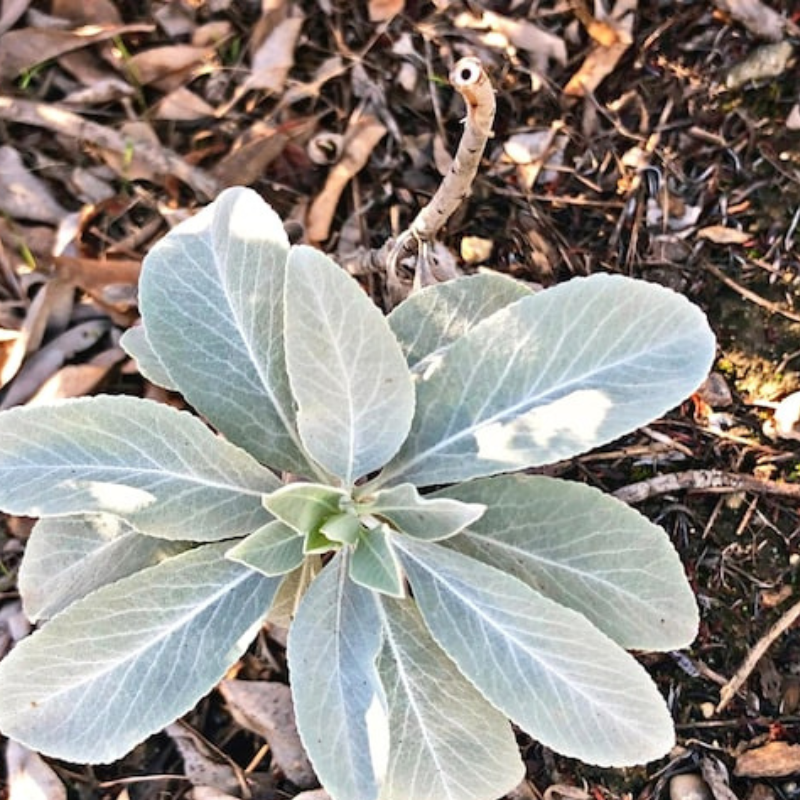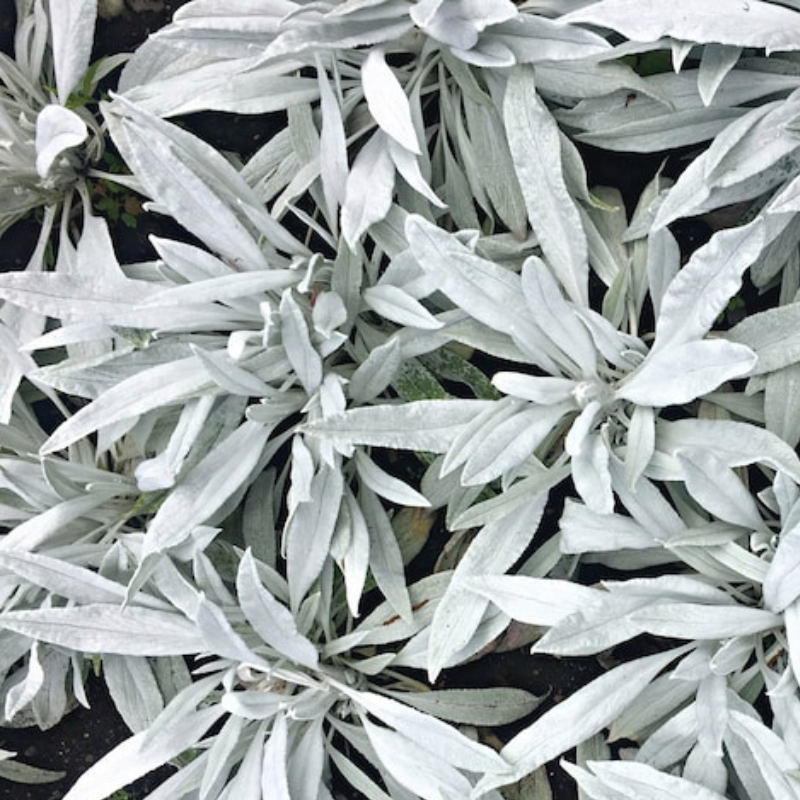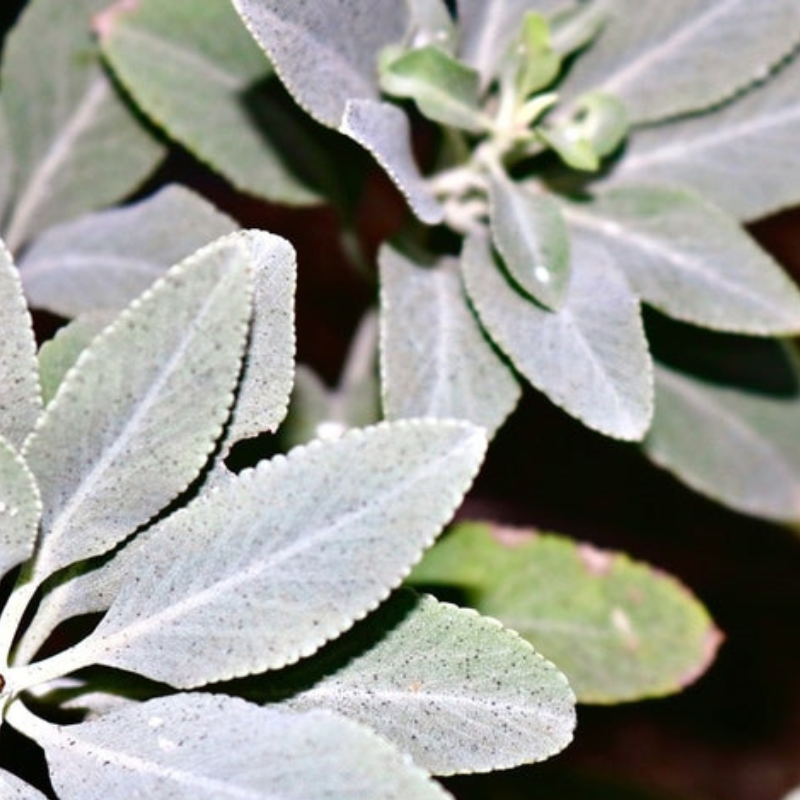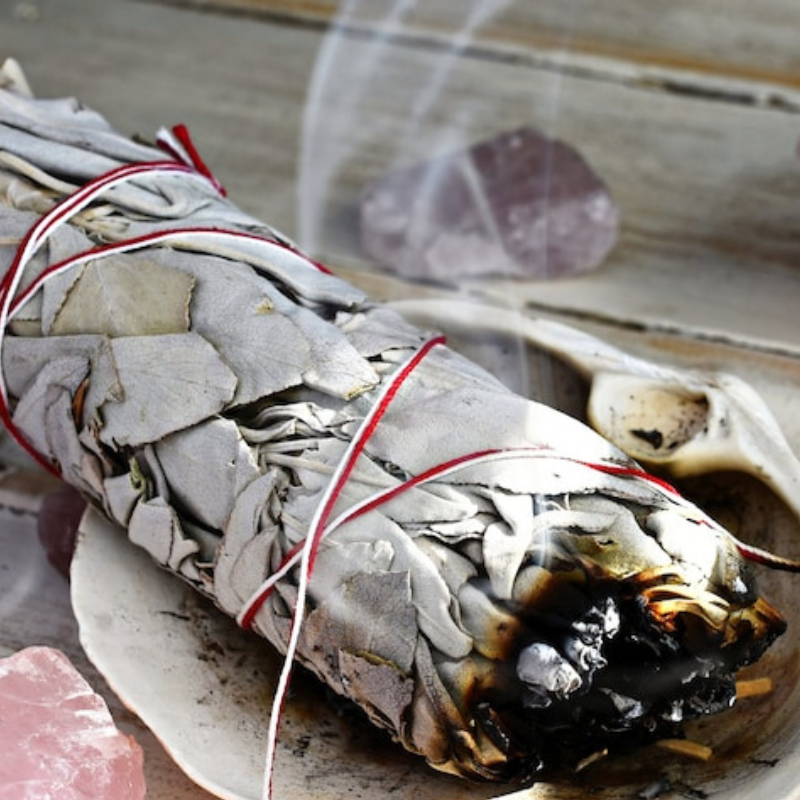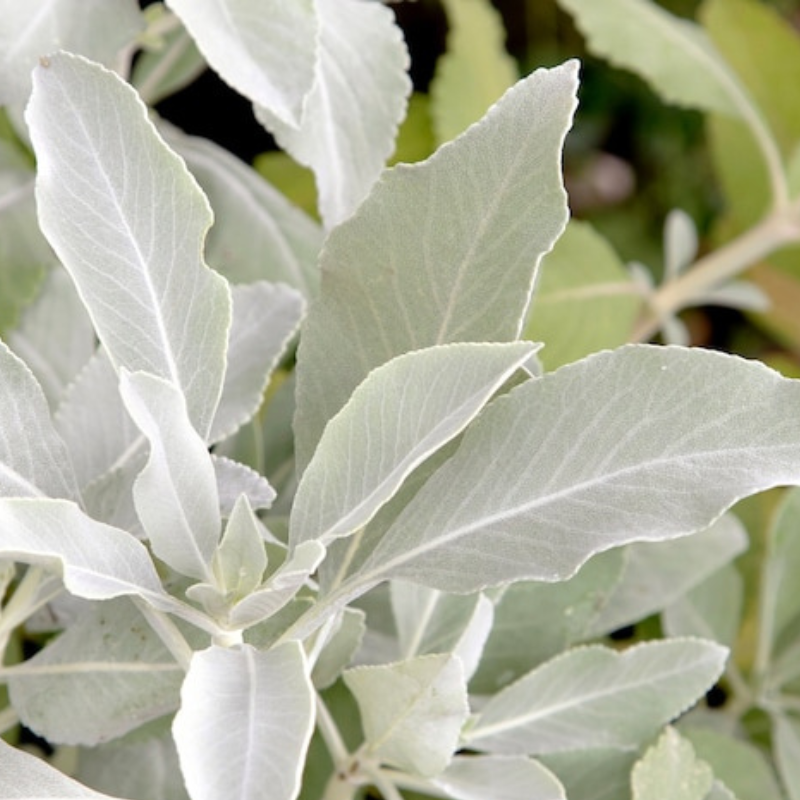- Historical context: White Sage (Salvia apiana) is a perennial shrub that has been used for centuries by Native American tribes for its medicinal and ceremonial properties.
- Geographical origination: White Sage is native to the southwestern United States and northwestern Mexico, particularly in California and Baja California.
- Relevant cultural significance: White Sage holds significant cultural importance among Native American tribes, especially in the southwestern United States. It is commonly used in smudging ceremonies to purify spaces and individuals.
- Time period of discovery: White Sage has been used for thousands of years, with its use documented in various indigenous cultures long before European colonization.
- Original habitat: White Sage typically grows in arid and semi-arid regions, often found in coastal sage scrub and chaparral ecosystems.
- Notable historical uses: Historically, White Sage has been used for medicinal purposes, including treating colds, flu, and digestive issues. It has also been used in spiritual practices for cleansing and protection.
- Ideal temperature range: White Sage thrives in temperatures ranging from 60°F to 90°F (15°C to 32°C).
- Soil type: It prefers well-draining, sandy or rocky soils with a pH range of 6.0 to 7.5.
- Sunlight requirements: White Sage requires full sun to grow optimally.
- Watering needs: This plant is drought-tolerant and requires minimal watering once established. Overwatering can lead to root rot.
- Planting season: The best time to plant White Sage seeds is in the spring after the last frost.
- Germination time: Seeds typically germinate within 14 to 21 days under optimal conditions.
- Growth cycle duration: White Sage is a perennial plant, meaning it will grow and produce for several years.
- Common pests and diseases: White Sage is relatively pest-resistant but can be affected by aphids and spider mites. Fungal diseases can occur if the soil is too moist.
- Companion planting advice: White Sage can be planted alongside other drought-tolerant plants like lavender and rosemary.
- Common challenges and solutions: One common challenge is overwatering. Ensure the soil is well-draining and water sparingly. Another challenge is cold temperatures; protect the plant from frost by using mulch or covering it during cold spells.
- Nutritional values: White Sage is not typically consumed for its nutritional value but is rich in essential oils and aromatic compounds.
- Health benefits: White Sage has been used traditionally for its antimicrobial and anti-inflammatory properties. It is also believed to aid in respiratory health and digestion.
- Culinary uses: While not commonly used in mainstream cuisine, White Sage can be used as a seasoning in small quantities for its strong, aromatic flavor.
- Medicinal uses: White Sage is used in herbal medicine to treat colds, sore throats, and digestive issues. It is also used in teas and tinctures for its calming effects.
- Other unique advantages: One of the most notable uses of White Sage is in smudging ceremonies, where it is burned to cleanse spaces and individuals of negative energy. It is also valued for its aromatic properties and is often used in potpourri and natural air fresheners.
